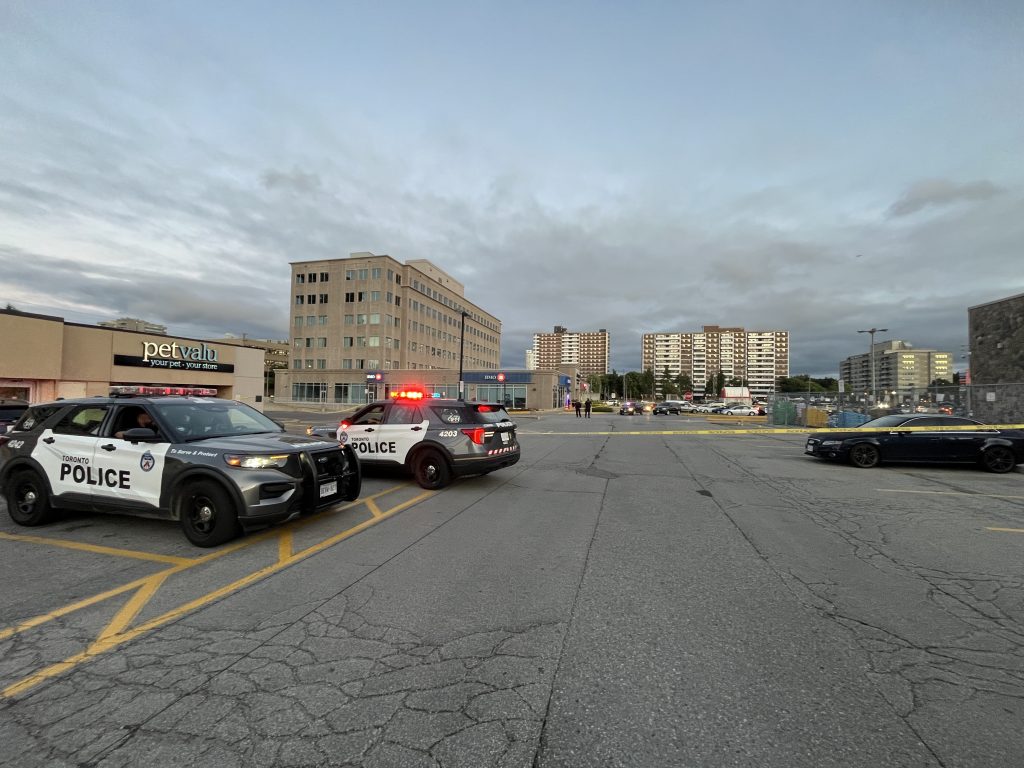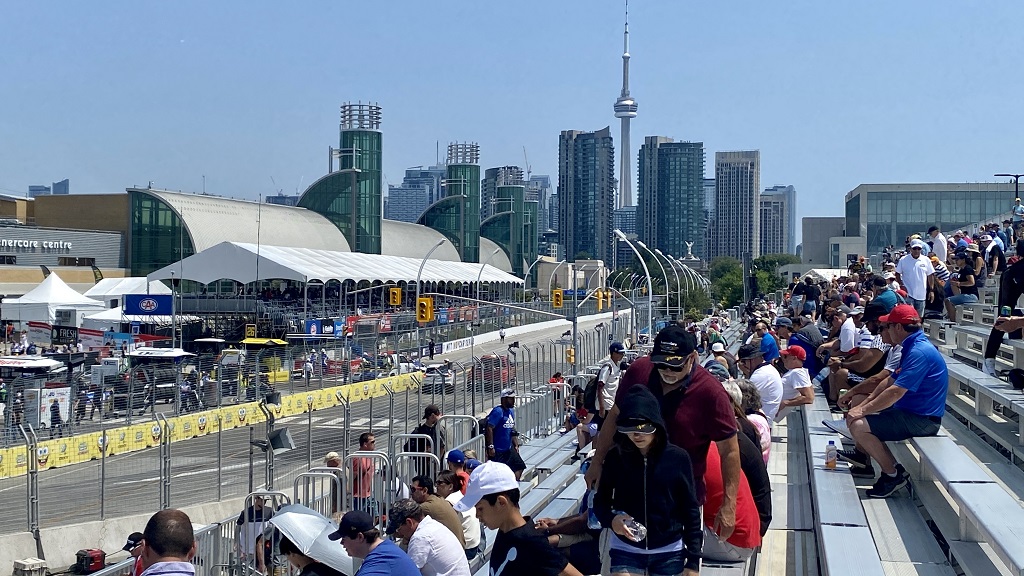Falling gas prices slow December inflation to 1.5%: Statistics Canada
Posted January 23, 2015 8:33 am.
This article is more than 5 years old.
OTTAWA – The collapse in oil prices slowed Canadian inflation in December as falling pump prices helped decelerate the annual rate to 1.5 per cent, a drop from its two per cent perch the month before.
On Friday, Statistics Canada’s latest consumer price index found gasoline prices in December fell 16.6 per cent compared with the year before, following November’s year-over-year decline of 5.9 per cent.
The broad transportation category, which included gasoline, stood as the lone decliner as cheaper gas weighed against rising prices in seven of the report’s eight major categories compared with a year earlier.
The data represented the latest example of how the rapid decline of oil prices has made an impact on Canada.
The Bank of Canada stunned the country Wednesday by unexpectedly cutting its trend-setting interest rate by a quarter percentage point to 0.75 per cent. It based its decision as a response to the weakening effect of low crude prices on inflation.
Due to the oil-price plunge, the central bank also slashed its projections for the inflation rate in 2015.
It predicted inflation to temporarily dip below one per cent in 2015 — under the bank’s target range — before climbing back up to two per cent in the second half of the year.
The oil-price collapse also prompted the federal government to take the unusual step of delaying its budget until at least April, so it could weigh the effects on Canada’s bottom line.
The Statistics Canada report Friday found gas prices fell 9.8 per cent, month-over-month, between November and December and slid 24.6 per cent between June and December.
“A further decline is expected in January as pump prices plunged again in that month,” National Bank senior economist Matthieu Arseneau wrote in a note to clients Friday.
The survey also measured Canada’s core inflation rate, which excludes some volatile items such as gasoline and is carefully monitored by the central bank, sped up slightly in December to 2.2 per cent. The core rate was 2.1 per cent for November.
The central bank aims to keep the core measure as close to its ideal two per cent target as possible.
Dropping gas prices counteracted December gains in other areas.
Statistics Canada said some of the biggest year-over-year price increases for specific goods included natural gas at 16.5 per cent, meat at 13.1 per cent and cigarettes at 11.4 per cent. All three also saw major gains in November.
Looking at the provinces, inflation readings for December slowed on a year-over-year basis in every province, except for Manitoba, where inflation accelerated to 1.5 per cent from 1.1 per cent in November.
Prince Edward Island was the only province that registered a drop in consumer prices compared with the year before, with a decline of 0.4 per cent.
On a seasonally adjusted month-to-month basis, Statistics Canada’s report said prices overall fell 0.1 per cent in December, after dropping 0.2 per cent in November.
Statistics Canada also said Friday that retail sales in November rose by 0.4 per cent to $43 billion.
The agency said the increase was led by a 13.4 per cent increase in sales at shoe stores and a 4.9 per cent gain at clothing stores. Meanwhile, sales at beer and liquor stores fell 0.5 per cent and grocery stores saw a drop of 0.4 per cent.
Jimmy Jean, a senior economist with Desjardins Capital Markets, called the rise in retail sales a “surprise” and the described the regional differences as particularly “telling.”
In a note to clients, Jean pointed to the more-robust sales registered in Quebec, Ontario, Manitoba and British Columbia, while declines were seen in the energy-rich provinces of Alberta and Saskatchewan.
Follow @AndyBlatchford on Twitter
Note to readers: This is a corrected story. An earlier version incorrectly stated the drop in gasoline prices.








